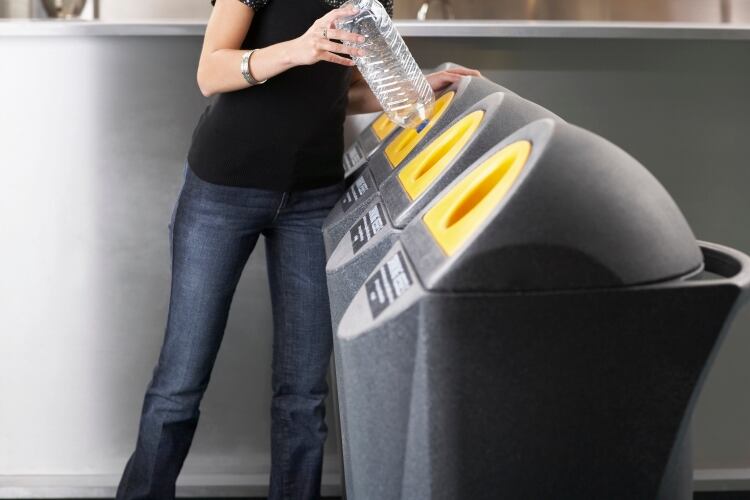VTT’s team looked at current and near-future recycling systems for plastic and fiber packaging and found alliances between brand owners, recycling and sorting technology developers, and waste management companies are fundamental to the development of recycling solutions.
VTT said such partnerships are essential for future investment in new recycling technology as they provide accessibility to used material, and a potential user for the recyclate.
Commissioned by packaging company Huhtamaki, the report aims to identify and increase understanding of the key drivers required to deliver a functioning circular economy, in which packaging is not only recyclable, but recycled.
“The study predicts a significant increase in industrial chemical recycling capacity in the United States, Europe and East Asia in the next 3-4 years. Chemically recycled polymers can be included in food packaging after full depolymerization, whilst in practice today, recycled polymers certified as food contact material are mainly limited to rPET, used mostly in bottles,” said Mona Arnold, principal scientist at VTT.
Huhtamaki’s 2030 goals include a commitment to design 100% of its products to be recyclable, compostable or reusable. The company also aims to have more than 80% of raw materials it uses be either renewable or recycled. To deliver on these, Huhtamaki said it needs to ensure the packaging materials are recycled after use in ways that maximize their value to both the planet and people, and therefore help deliver a low carbon circular economy.
“We believe a real push for systemic change – going beyond individual companies and bringing value chains together – towards low carbon circularity is needed today,” said Thomasine Kamerling, EVP sustainability and communications at Huhtamaki.
“It is not enough to manufacture recyclable products; they need to be recycled. This necessitates building the systems to recycle all waste and focus on reducing our carbon footprint collectively. This will only be possible through game changing innovation and partnerships across the value chain. The effective use of extended producer responsibility systems to build a material-positive system for fit-for-purpose food packaging will also be helpful. The VTT report outlines how to make this happen and we hope it acts as reference point to support collaboration between industry, civil society and governments.”

